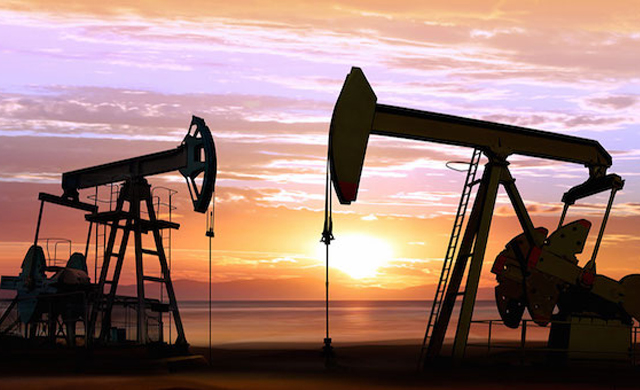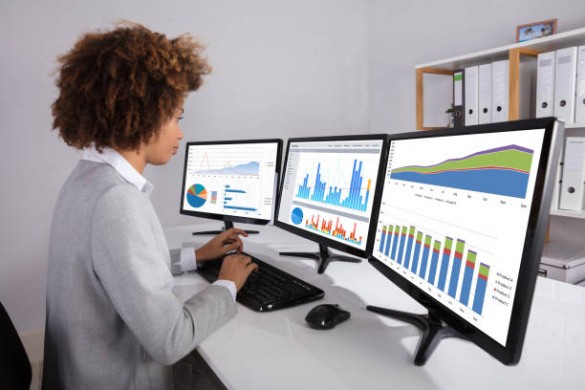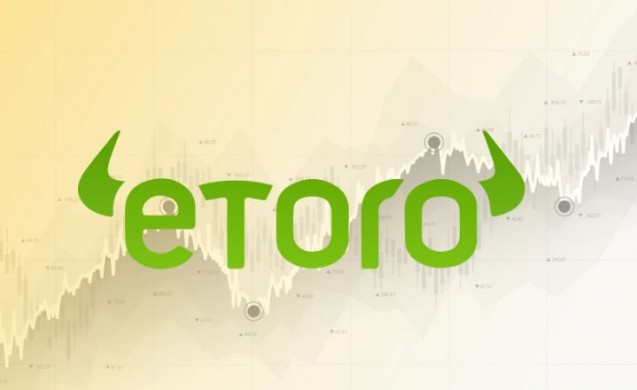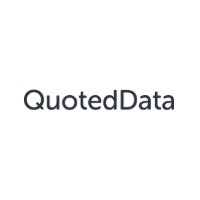We have entered the world where technology meets humans in a way that only a handful had envisioned a few years ago. We are talking about IoT, an acronym that is making rounds around the globe.
It takes only a brief scan of any given day’s headlines to truly appreciate the lightspeed pace at which technological innovation is happening. The modern world is in a constant state of flux, and so it comes as no surprise that buzzwords such as automation, blockchain, or artificial intelligence have become ingrained in the 21st century lexicon. Such technologies, among others, are fundamentally reshaping our reality and outright disrupting time honoured social and behavioural customs. There is, perhaps, no nascent technological architecture that possesses the same world-shifting potential of the Internet of Things, more commonly referred to as IoT.
COVID-19 served as a catalyst to IoT deployment across many enterprises. Companies like TraceSafe have shipped almost a million IoT devices during the pandemic alone. These IoT companies have been changing the way many industries operate, including Cruise Lines, Industrial Sector, Construction, Semiconductor, and more.
An Aerial View of IoT
First and foremost, it should be stated that any attempt to define IoT in fixed terms is an exercise in futility. Given the novel and ever-changing nature of the technology, it is critical that its primary stakeholders avoid labeling it too narrowly lest its full upside potential be limited. This particular sentiment has been expressed by behemoths such as Microsoft and government bodies such as the US Council for International Business. Accordingly, a quality definition of IoT must be one that broadly describes the technology and outlines its applications, while simultaneously not being too nebulous. Few definitions strike this delicate balance better than that proposed by the World Bank, which defines IoT as:
“… a system involving connected devices that gather data, connect with the Internet or local networks, generate analytics, and adapt behaviour/responses based on the data/analytics in the network.”
Given this definition, we’re now in a position to better understand IoT technology. At its core, any IoT system is comprised of three features: sensors, networks, and analytics.
Sensors ground IoT in the physical world, serving as a conduit for collecting real-world data and relaying it to the connected network in a machine-readable format. These sensors can be embedded in any physical objects for which the user wishes to gather data.
Networks act as the communication layer in an IoT system, streaming information from the sensors to the analytics platforms. These networks are founded on familiar wireless technologies such as 4G and LTE.
Finally, with the data primed for processing, big data analytics tools such as deep learning are applied to convert the raw information collected by the sensors into actionable insights which can be leveraged for better decision-making.

Coupling the insights from the analytics stage with automation and machine learning techniques allows decisions to be implemented with little need for human response. This streamlines process improvements and enables intelligent decisions to be actioned with near-instantaneous feedback.
Emerging from the creative combination of technologies in an IoT system is an information flywheel like none other. With the use of IoT, key stakeholders in an organization are granted access to vast troves of data collected automatically from physical, real-world fixtures. Contrast this to the painstaking process of manual collection, and the value proposition is unequivocally clear. By integrating the collection of data with the tools needed for processing, IoT enables real-time decision-making to drive improvements in the physical world. These improvements in turn lead to more data, and by extension even more refined decision-making. The resulting cycle of collecting and analyzing data, implementing changes, and rinsing & repeating produces the information flywheel illustrated below.

The market for IoT applications has exhibited substantial growth in recent years and shows no signs of stopping. Forecasts suggest that IoT spending will continue to grow at an annual rate of 13.6% through 2022; in particular, there is an expected 30% annual growth of devices in wide-area networks and a 20% growth of devices in short-range networks. These trends align directly with the anticipated threefold increase in IoT-connected devices by 2023 relative to 2018. More recent data have pegged the global IoT market at USD$251B in 2019 and forecasted this to balloon to USD$1,463B by 2027, representing a 24.9% CAGR.
Such growth is likely to be accelerated in the future as sensors become simultaneously more advanced and less costly, the global rollout of 5G networks progresses, and Moore’s Law continues to take effect on the computing and processing power of analytics platforms. In addition to advances in the technological underpinnings, future growth in the market will be driven by the need to connect the roughly 10B smartphones, computers, and tablets to IoT networks.
Finally, with the proliferation of industrial robots, insights generated by an IoT system can be actioned more quickly, enabling greater compounding of operational efficiencies and increased uptake of the technology.
References
Dahlqvist, F., Patel, M., Rajko, A., & Shulman, J. (2019, July 22). Growing opportunities in the Internet of Things. Retrieved from McKinsey & Company: https://www.mckinsey.com/industries/private-equity-and-principal-investors/our-insights/growing-opportunities-in-the-internet-of-things
Evans, J. (2017, May 15). 7 ways Apple Watch is already in the enterprise. Retrieved from Computerworld: https://www.computerworld.com/article/3196714/7-ways-apple-watch-is-already-in-the-enterprise.html
Global IoT Market to be Worth USD 1,463.19 Billion by 2027 at 24.9% CAGR. (2021, April 8). Retrieved from Global Newswire: https://www.globenewswire.com/en/news-release/2021/04/08/2206579/0/en/Global-IoT-Market-to-be-Worth-USD-1-463-19-Billion-by-2027-at-24-9-CAGR-Demand-for-Real-time-Insights-to-Spur-Growth-says-Fortune-Business-Insights.html
Lal Das, P., Lukac, M., Beisswenger, S. C., Yuce, M. R., & Mangalam, S. (2017, November 3). Internet of things: the new government to business platform – a review of opportunities, practices, and challenges. Retrieved from The World Bank: https://documents1.worldbank.org/curated/en/610081509689089303/pdf/120876-REVISED-WP-PUBLIC-Internet-of-Things-Report.pdf
Schatsky, D., & Kumar, N. (2018, July 25). Workforce superpowers: Wearables are augmenting employees’ abilities. Retrieved from Deloitte: https://www2.deloitte.com/us/en/insights/focus/signals-for-strategists/wearable-devices-in-the-workplace.html
Schume, P. (2020, April 17). Improve product quality and yield with intelligent, secure, and adaptable manufacturing operations. Retrieved from IBM: https://www.ibm.com/blogs/internet-of-things/iot-manufacturing-ready/
Thomas, R., Devan, P., & Khan, A. (2018, February 8). The Internet of Things: A technical primer. Retrieved from Deloitte: https://www2.deloitte.com/us/en/insights/focus/internet-of-things/technical-primer.html
TraceSafe Inc. Consolidated Financial Statements for the Years Ended December 31, 2020 and 2019. (n.d.). Retrieved from TraceSafe: https://global-uploads.webflow.com/60959a4a743d3820b3e1eb8c/60a2a8e7e9ebc37d3d217c64_Annual%20Financials%202020.pdf
Woetzel, J., Remes, J., Boland, B., Lv, K., Sinha, S., Strube, G., . . . von der Taan, V. (2018, June 5). Smart cities: Digital solutions for a more livable future. Retrieved from McKinsey & Company: https://www.mckinsey.com/business-functions/operations/our-insights/smart-cities-digital-solutions-for-a-more-livable-future#part2

 Hot Features
Hot Features











